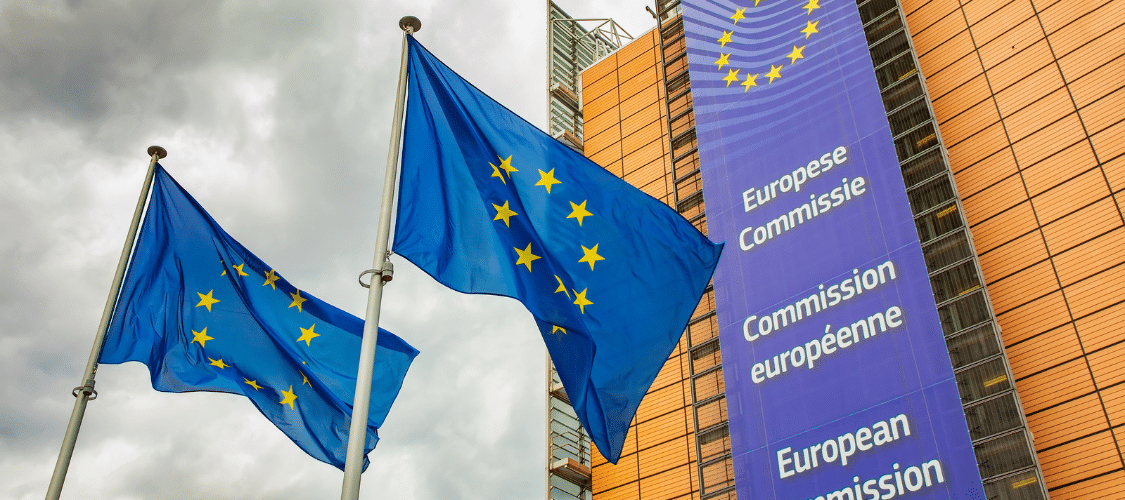Despite the urgent need to decarbonize the steel industry, which heavily relies on coal, the Banking On Climate Chaos report has revealed that banks continue to provide even more financial support to metallurgical coal. In 2023, 48 companies active in metallurgical coal mining received 2.54 billion US$ in financing, slightly up compared to 2022. Even companies with controversial mining projects, such as Whitehaven Coal in Australia, have received significant financial support. This remains possible due to the lack of commitments from banks regarding coal, particularly metallurgical coal.
Metallurgicoal mining received
of financing by banks between 2016 and 2023
The Banking on Climate Chaos Report (BOCC) analyzes the 60 biggest banks’ financial support for fossil fuels and their impact on climate and local communities. For the first time, the 2024 edition includes data on metallurgical coal (1). It represents approximately 14% (2) of total coal production and is a general term to designate coal used in the steel industry. The use of coal is what makes the steelmaking process particularly carbon-intensive, representing 11% of global CO2 emissions (3).
Even though the International Energy Agency clearly states in its Net Zero by 2050 (NZE) roadmap that there are enough metallurgical coal mines to meet demand by 2050 (4), financing to metallurgical coal mining has not ceased, quite the opposite. Between 2016 and 2023, it represented 31.973 billion US$ and did not decrease over the years (5). Top banks such as Bank of America continue to support major coal companies, including companies building and expanding coal mines in Australia or Canada.
Whitehaven Coal: dirty projects still financed
Among metallurgical coal developers is Whitehaven Coal, an Australian company, that operates several thermal and metallurgical coal mines and is involved in coal expansion projects in Australia (6). Based on its planned production capacity, it is considered the second metallurgical coal developer. In October 2023, it acquired the Daunia and Blackwater metallurgical coal mines from BHP (7). The Blackwater South Coking Coal mine will start being constructed in 2029 and produce coal for approximately 90 years (8).
Whitehaven is also developing a new mine: the Winchester South Mine. This open-cut mine would mine up to 17 million tonnes of coal annually for 28 years. In terms of damages, it will produce 583 Mt in CO2e in total and clear at least 2,000 hectares of vegetation, impacting at least 16 important and threatened animals and causing water damage (9).
In the IEA’s NZE scenario, coking coal production will fall by 90% by 2050, based on 2022 levels (10), questioning the project’s economic viability. By expanding its mining activities, the company is going against forecasts of a fall in demand for metallurgical coal due to technological changes in the steel industry (11).
Despite these destructive activities and practices, Whitehaven received important financial support. In 2023, Bank of America participated, among a consortium of private lenders, in a 1.1 billion US$ bridge loan to the company. The bank seems to have a strong appetite for coal since it was the first US banker to thermal coal in 2023. This trend is unlikely to change as Bank of America rolled back on its thermal coal restrictions (12).
Loopholes and Misconceptions: The Neglect of Metallurgical Coal in Bank Policies
A common loophole in coal commitments is not to consider metallurgical coal. However, not only is its use responsible for 90% of the steel sector’s CO2 emissions (13), but its impact is even worse, notably because of its methane emissions released during the coking coal mining process. Indeed, these emissions could increase steel climate impact by 27% and would warm the planet more than the CO2 emissions of Germany or Canada over the next 20 years (14).
Despite these facts, common misconceptions about metallurgical coal remain – such as no alternative in the steelmaking process. Banks use these false ideas to justify their lack of metallurgical coal commitments: only 9 banks (15) out of the 60 in the report have adopted metallurgical coal policies, while 47 for thermal coal. And these commitments remain very poor and do not explicitly mention companies with expansion plans.
This means that banks not currently financing metallurgical coal developers, such as Crédit Agricole in 2023, can do it in the future because nothing prevents them from doing it. Even banks not exposed today to the sector must therefore adopt sectoral policies. Besides, the difference between thermal and metallurgical coal is not always easy. Financing the expansion of the latter can allow for financing the former. Indeed, in certain economic contexts, metallurgical coal can be used as thermal coal and in some specific cases, companies – such as Whitehaven – have minimized the part of their thermal coal production, reporting some as metallurgical coal (16). The two situations can allow bypassing thermal coal restrictions. That is why it is crucial to properly target metallurgical coal and not to allow the development of any type of coal mine.
In May 2023, HSBC contributed to issuing a bond to Glencore. The Swiss company, well known for its thermal coal mining activities, is one of the biggest companies with metallurgical coal production capacity outside of China (17). HSBC’s contribution has been possible because of the lack of strong commitments from the bank, even though it is one of the few banks with a metallurgical coal policy. Banks’ commitments must target companies with expansion plans and apply to all financial services, including capital market activities.
The exclusion of new projects, as adopted by Société Générale, BNP Paribas, HSBC and ING is an important first step. Still, it is not enough to guarantee that no funding will go to metallurgical coal developers. All banks must adopt strong coal sectoral policies excluding all financing services to metallurgical coal mining projects and companies developing these projects. This is the only way to stop financing the expansion of metallurgical coal.



